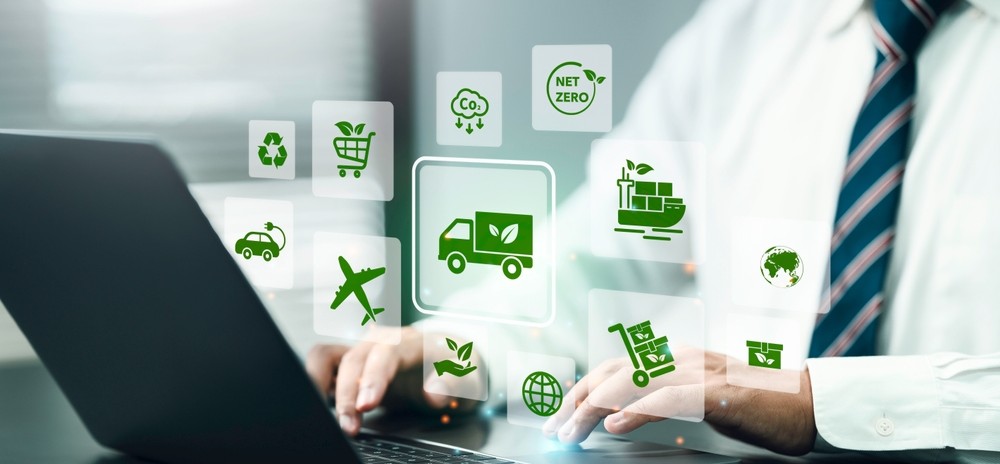In today’s complex, interconnected world, supply chains are no longer just about cost and efficiency—they are about resilience, agility, and strategic advantage. For India, this is not just a challenge but an opportunity—to build a world-class supply chain ecosystem that is not only robust and future-ready, but also globally influential.
Why Resilience Matters
Resilience in supply chains refers to the capacity to withstand disruptions, adapt quickly to changes, and recover with minimal impact. It involves diversifying sourcing strategies, integrating technology, localizing production when needed, and developing responsive logistics infrastructure.
India at a Strategic Inflection Point
India is uniquely positioned to lead in the global supply chain arena. With a massive domestic market, a skilled and youthful workforce, and a vibrant digital economy, India has the core ingredients to build a resilient and scalable supply chain ecosystem.
Recent government initiatives—PLI (Production Linked Incentive) schemes, PM Gati Shakti, the National Logistics Policy, and Make in India—have laid a strong foundation. However, building resilience requires an integrated approach involving policy coherence, infrastructure development, digital transformation, and talent readiness.
Lessons from Global Leaders
1. Singapore: Smart Logistics and Digital Supply Chains
Singapore stands out for its smart logistics and port management, making it a key global transshipment hub.
-
Digitization: Initiatives like the National Trade Platform streamline customs, shipping, and documentation.
-
Supply chain visibility: Real-time data sharing and AI-powered forecasting are deeply integrated.
-
Policy clarity: Long-term planning and regulatory simplicity foster business confidence.
Lesson for India: Digitize logistics through platforms like ULIP, improve end-to-end visibility, and simplify compliance across states.
2. Germany: Integrated Industry and Sustainability
Germany’s supply chain strength lies in its integration of manufacturing, engineering, and sustainability.
-
Industry 4.0: Widespread adoption of IoT, robotics, and automation in supply chain operations.
-
Green logistics: Strong incentives for carbon-neutral transport and packaging.
-
SME integration: Mid-sized companies form the backbone of resilient industrial networks.
Lesson for India: Promote digital transformation among MSMEs, integrate sustainability into supply chain design, and support automation.
India’s Path to a Resilient Supply Chain Ecosystem
Based on these lessons, India’s approach must be multi-dimensional:
1. Policy Integration and Governance
India must streamline inter-ministerial coordination for trade, logistics, environment, and industry. Platforms like Gati Shakti are critical but need to be backed by:
-
Data-driven decision-making
-
Single-window logistics clearance
-
Predictable policy frameworks for exports, taxation, and labour
2. Infrastructure with Regional Depth
Beyond metro-centric logistics, India needs to develop tier-2 and tier-3 supply chain hubs. This includes:
-
Multimodal logistics parks
-
Cold chain networks for agri and pharma
-
Integrated rail-road-port connectivity
3. Supply Chain Digitization and Visibility
India must build digital highways for supply chains just as it did for fintech (e.g., UPI). Priorities include:
-
AI-based demand forecasting
-
Blockchain for traceability
-
IoT-enabled fleet and inventory tracking
This will reduce lead times, prevent stockouts, and improve customer trust.
4. Local Ecosystems and Global Linkages
India should promote “Glocalization”—supporting local MSMEs while integrating into global value chains. Key steps include:
-
Plug-and-play manufacturing zones
-
Incentives for local sourcing
-
Supply chain financing for small vendors
5. Workforce and Leadership Development
To sustain this momentum, India needs a supply chain-ready workforce. This involves:
-
Revamping vocational training to include digital tools, logistics, and analytics
-
Partnerships between academia, global institutions (ISM, APICS), and industry
-
Upskilling programs
The Opportunity Ahead
It’s about building strategic trust with global partners, boosting economic self-reliance, and creating jobs across sectors and regions.



